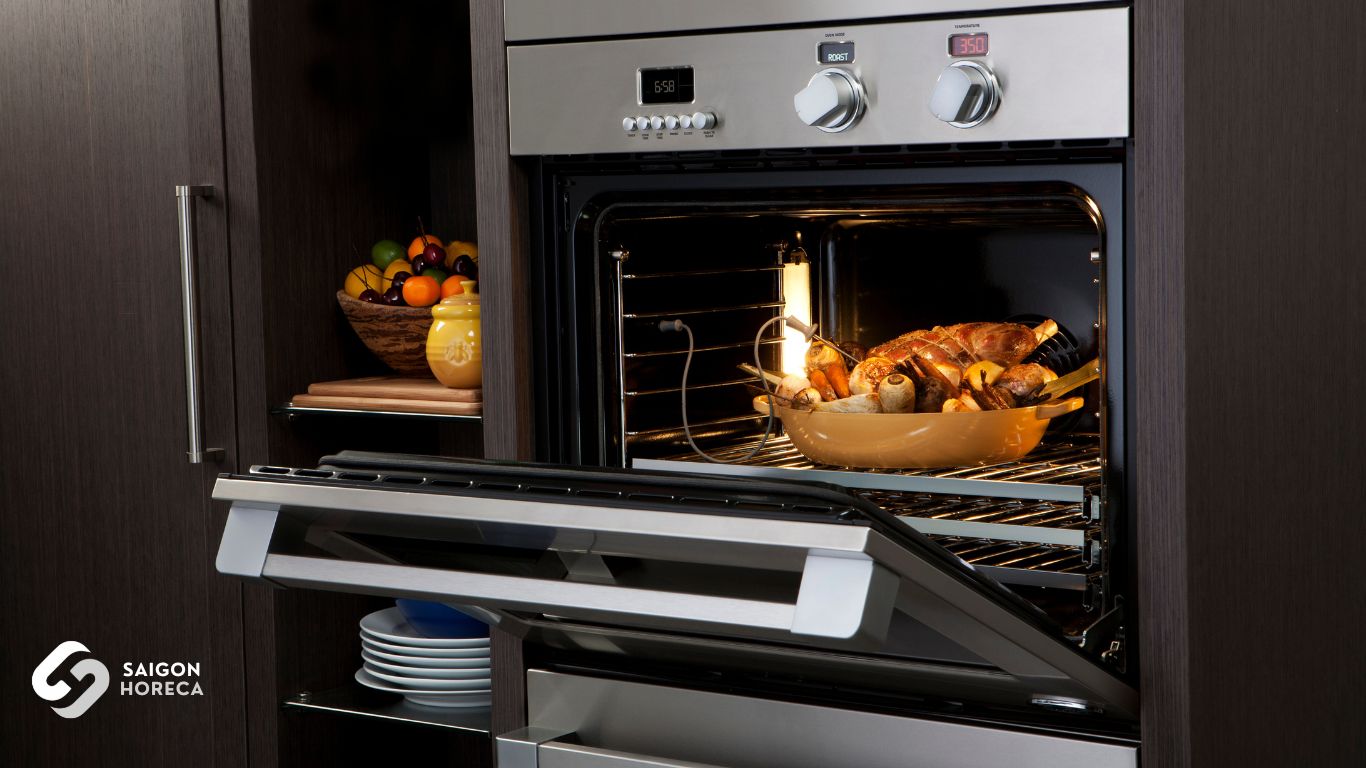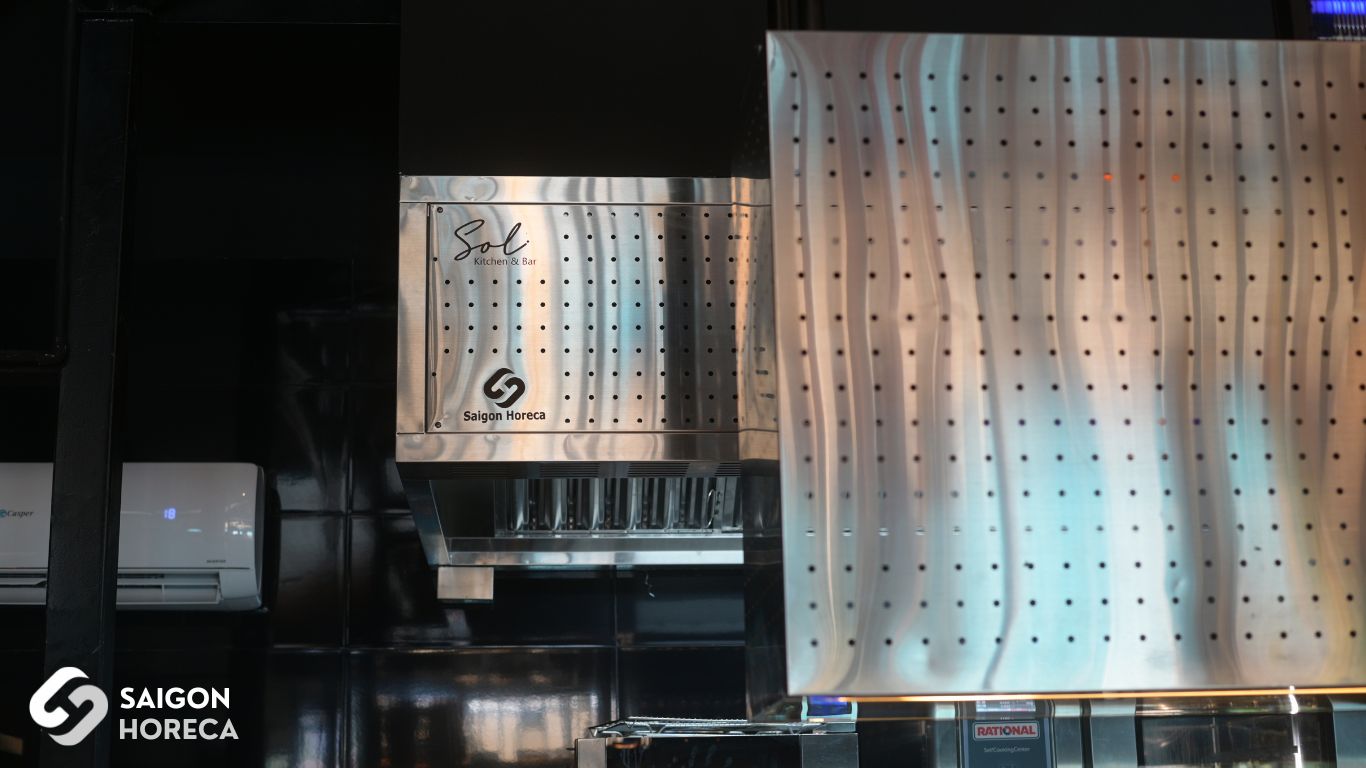Looking to elevate your grilled dishes with a Salamander Grill? With its ability to grill quickly and evenly while giving […]
Read More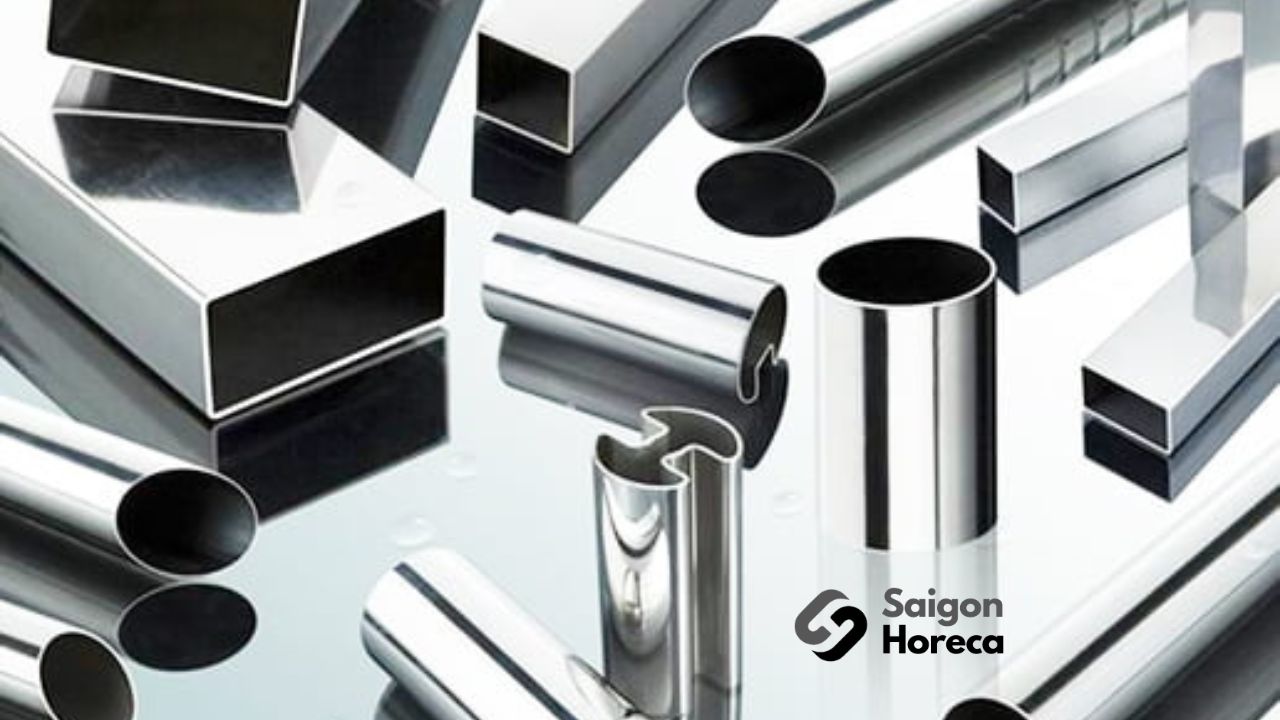

- Industrial Kitchen Equipment, Inox Kitchen Equipment
The Difference Between Stainless Steel and Inox
- October 20, 2023
Now let’s explore the differences between stainless steel and inox!
Steel is a type of metal alloy composed of iron, carbon, and various other elements. There are multiple ways to classify steel based on factors such as the carbon content, other alloying elements, or intended usage. In moist environments, stainless steel is the most preferred type of steel. This is because stainless steel exhibits minimal or no corrosion when exposed to humid air, setting it apart from other steel varieties. The term “inox” is also used to refer to stainless steel, so there is no difference between “inox” and “stainless steel.” However, this article will delve into the different types and properties of stainless steel.
In this article
Defining Stainless Steel and Inox
Stainless steel is a type of steel produced by combining molten steel with molten chromium. It typically contains around 10% chromium, alongside iron, and various other metals and non-metals. Other metallic elements include nickel, molybdenum, titanium, and copper, while carbon is an essential non-metal component.
The presence of chromium provides corrosion resistance by forming a protective layer against rust. Stainless steel doesn’t corrode, even when scratched, as the chromium covers the entire steel surface. It also exhibits corrosion resistance in standard environments at normal temperatures and pressures, and it can even resist corrosion by some types of acids. Due to this combination of metals, is highly durable. However, it is often more expensive than other steel types.
The production process of it begins with melting these two metals to create an alloy. Subsequently, the alloy is cooled and hardened. The surface of it is then treated with acid to remove impurities and create a smooth, shiny surface.
Exploring the History and Characteristics of Stainless Steel
In 1913, a British metallurgist researching ways to improve the performance of gun barrels accidentally discovered the corrosion resistance property by adding chromium to molten steel with low carbon content. Besides carbon and chromium, modern stainless steel may also contain nickel, molybdenum, and titanium, which enhance its corrosion resistance. To be considered that, chromium must comprise at least 12% of the alloy.
This process begins with the chromium reacting with oxygen from the air to create an invisible layer called a “passive film.” Chromium and oxygen have similar atomic sizes, allowing them to align on the metal’s surface to form a solid layer just a few atoms thick. If the metal surface is scratched or damaged in any way, more oxygen will appear, automatically repairing the surface by forming a protective layer against rust.
It’s essential to note that it has low resistance in environments with low oxygen levels. It (also known as Inox) exhibits higher corrosion resistance due to its chemical composition. However, corrosion resistance can vary depending on the specific composition and the environment, such as coastal areas or atmospheres containing iron or chlorine. It can react differently to corrosion, and different types of corrosion may occur.
To prevent and minimize its corrosion, chemical cleaning processes are utilized. This process removes iron contaminants (the primary cause of corrosion in stainless steel) and other oxides as well as potential inhibiting contaminants like weld residues that could interfere with the formation of the passive chromium oxide layer, protecting stainless steel (Inox) from corrosion.
There are four reasons to choose Inox products:
- High Quality and Reliability: Inox is renowned for its high quality and reliability.
- Modern Trend: Inox is a trendsetter in the material field, making it a great choice for various applications.
- Reasonable Price: Inox is not only fascinating in terms of pricing but also in quality, especially when compared to other options.
- Easy Maintenance: With Inox, you won’t have to worry about using brushes to clean it.
Inox products are used worldwide for their reliability and maintainability. The thin passive film on the surface helps Inox resist corrosion and eliminates the need for essential organic or metallic protective coatings. Despite these excellent features, regular maintenance is still recommended to keep Inox’s attractive appearance. Essentially, to clean and maintain the attractive appearance of Inox products, you only need to care for it like any other decorative material, such as glass.
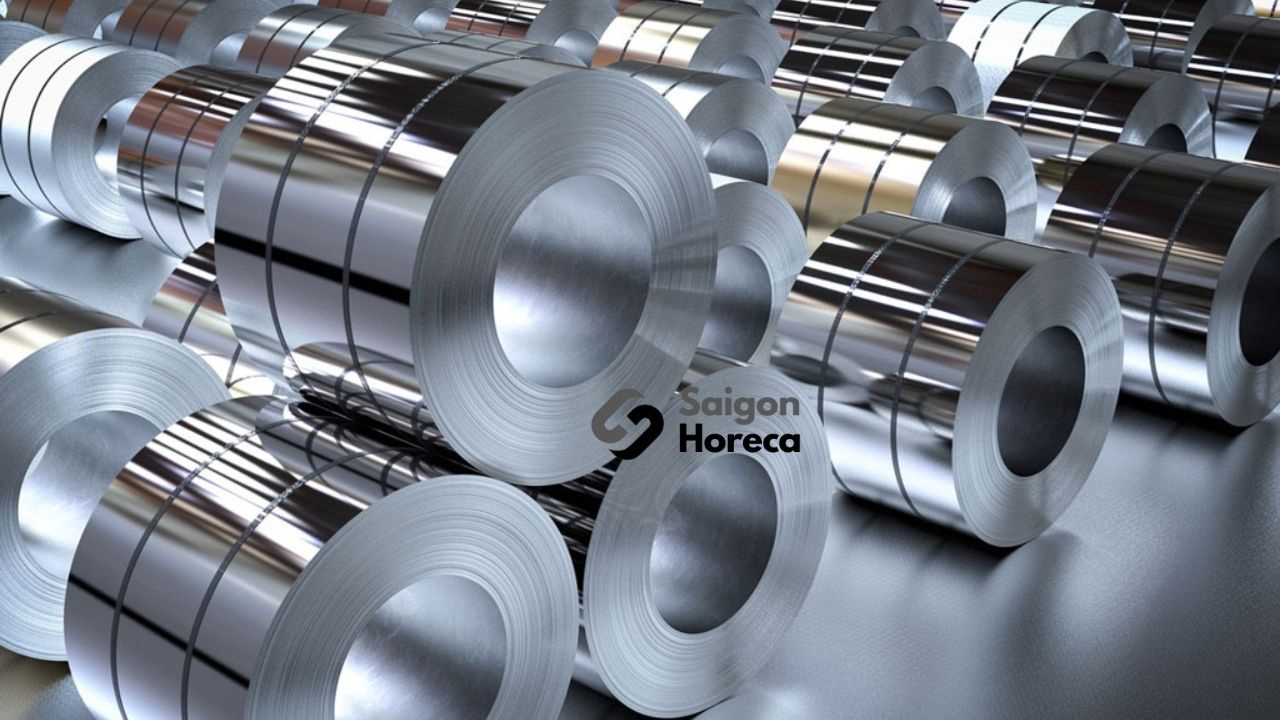

Types of Inox
Here are some common types of Inox:
Inox 430 (SUS 430): It is rated as average in terms of stain resistance, corrosion resistance, and oxidation resistance. Products made from this type of Inox typically have medium quality.
Inox 201 (SUS 201): Often used for producing common items like tables, chairs, sinks, pots, kettles, and various utensils. It is rated as medium in quality, durability, stain resistance, and oxidation resistance. To maintain Inox 201 products well, regular surface cleaning is necessary to prevent minor rust spots.
Inox 304 (SUS 304): It is considered the best type of Inox on the market today. It has exceptional durability, oxidation resistance, and rust resistance. Inox 304 contains at least 8% nickel and is the preferred choice for various applications.
>>> Learn about how this stainless steel is not only a corrosion-resistant material but also an endless source of inspiration for diverse applications across various fields, from manufacturing to interior decoration. Read the article to explore the strength and versatility of 304 Stainless Steel in the world of construction materials and manufacturing: Stainless Steel 304 – Durability and Diverse Applications.
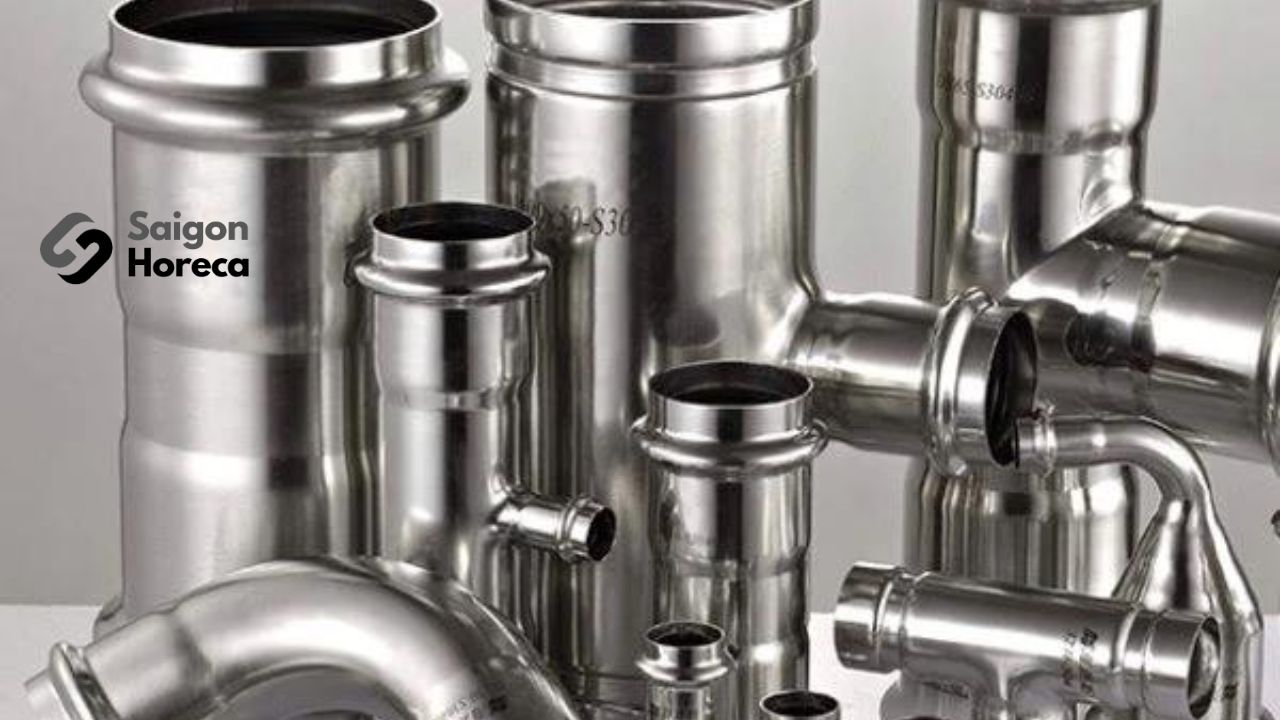

Diverse Applications of Stainless Steel in Various Fields
“Stainless Steel – Applications for Every Walk of Life”
Stainless steel plays a vital role in various aspects of daily life. It not only appears in households through items like kitchen knives, sinks, and hairstyling tools but also serves a myriad of purposes in different fields.
In the realm of industrial kitchen design, it helps create high-quality and food-safe products. It also plays a crucial role in the transportation industry, from exhaust systems to containers and ships. Its applications extend to the chemical and pharmaceutical sectors where it’s used in laboratory equipment and pressure vessels.
In the oil and gas industry, stainless steel is instrumental in making gas cylinders, constructing subsea oil pipelines, and various other applications. In the medical field, it is used for manufacturing surgical instruments and high-end medical devices.
It also plays a significant role in the food industry, from food processing machinery to food preservation equipment. Furthermore, in the water treatment and environmental sectors, it is used for drainage systems and wastewater treatment.
Apart from these critical applications, stainless steel is also used in the production of small components like screws and fasteners, as well as in the furniture and seating manufacturing industry. With its high durability and corrosion resistance, it remains the top choice for numerous applications, contributing to enhancing the quality and performance of our daily lives.
Monday - Friday
from 8h00 to 18h00
Số 40 Đường số 6, KDC Melosa Khang Điền, Phú Hữu, HCM.
Contact anytime
Nội dung bài viết Đọc bài viết với ngôn ngữ Tiếng Việt Hệ thống thông gió bếp I. Overview A […]
Read More
